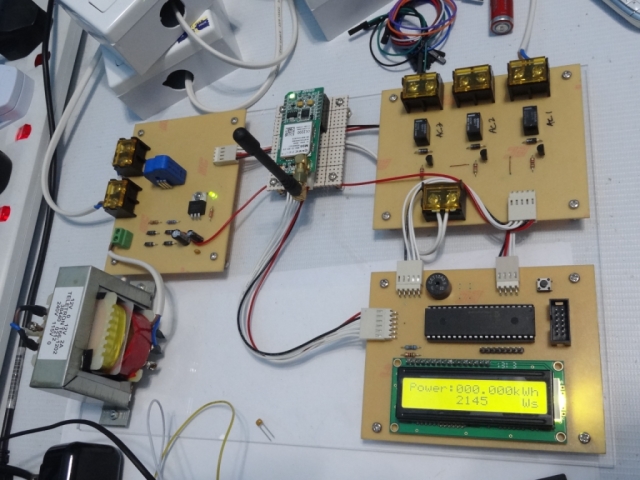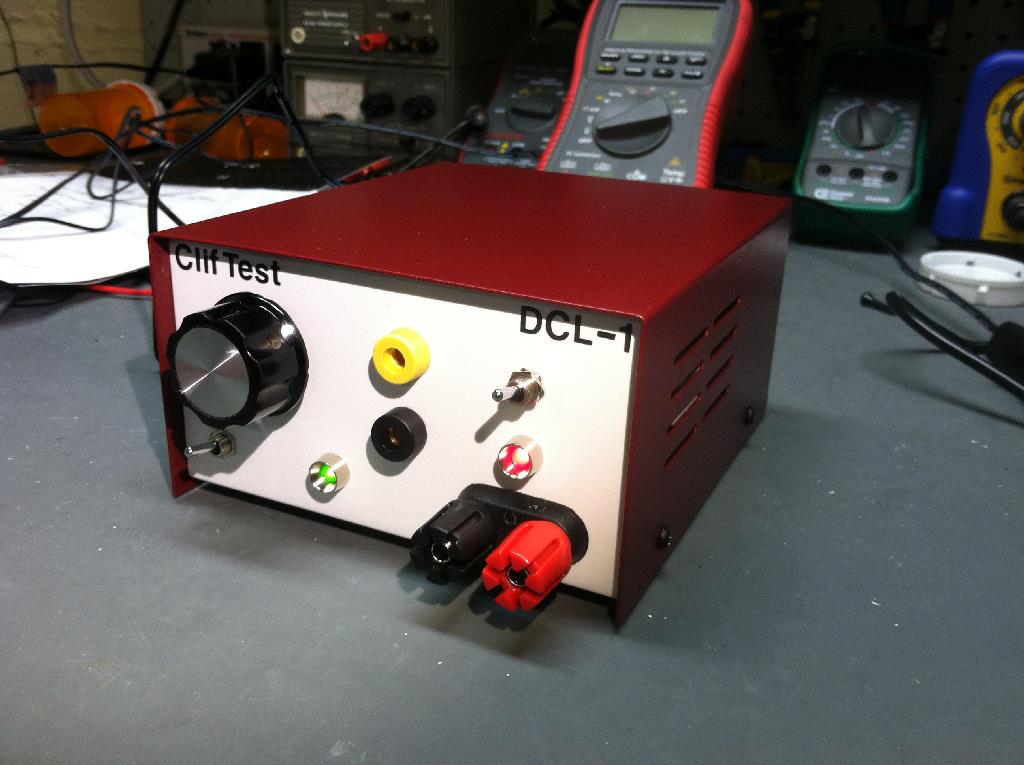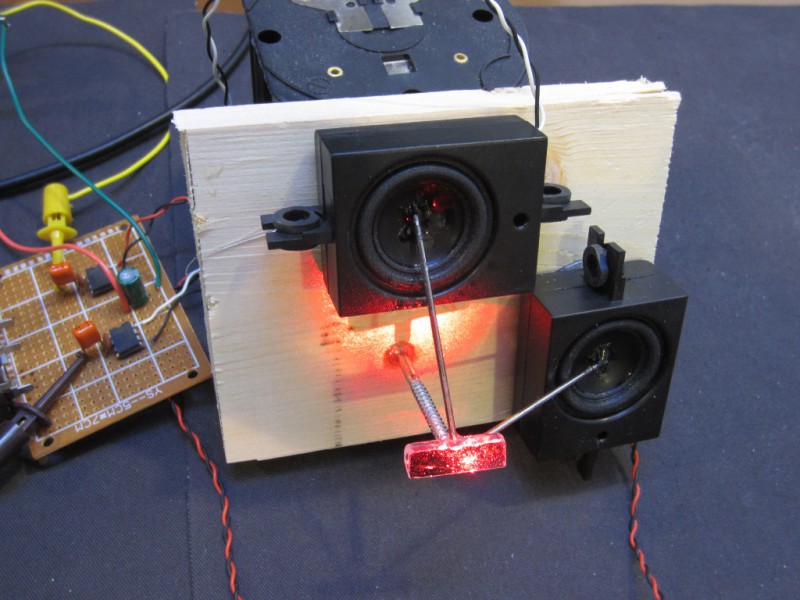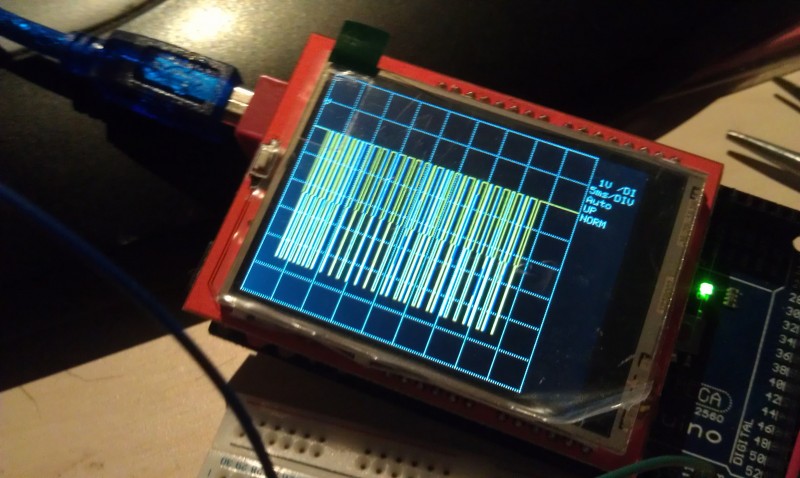Arduino Support for the ESP8266 Serial WIFI Wireless Transceiver Module
The ESP8266 Serial WIFI Wireless Transceiver Module is popular (we have  been giving them away in some contests). It packs a lot of features in a small package for a great price. Make spoke with the creators of the Arduino Support for that device. Since there is a powerful microcontroller running the device they were able to pack in some additional code to get some work done on the side. “Make: Did





